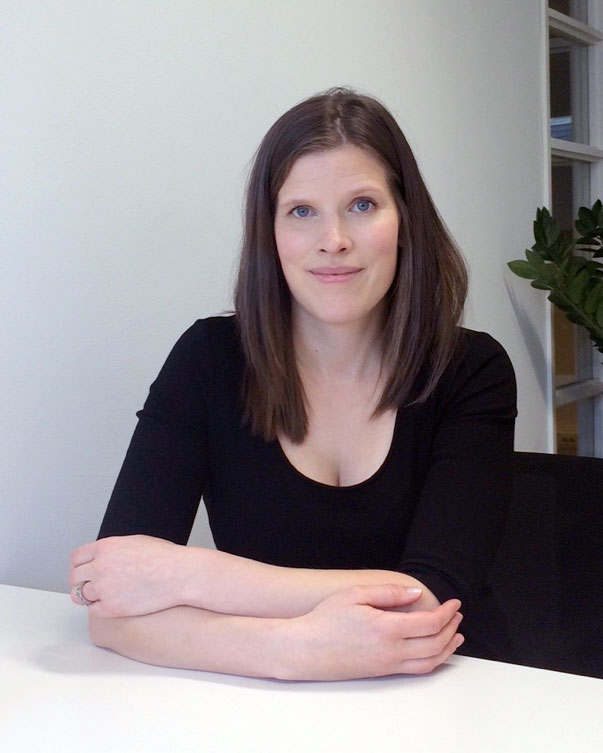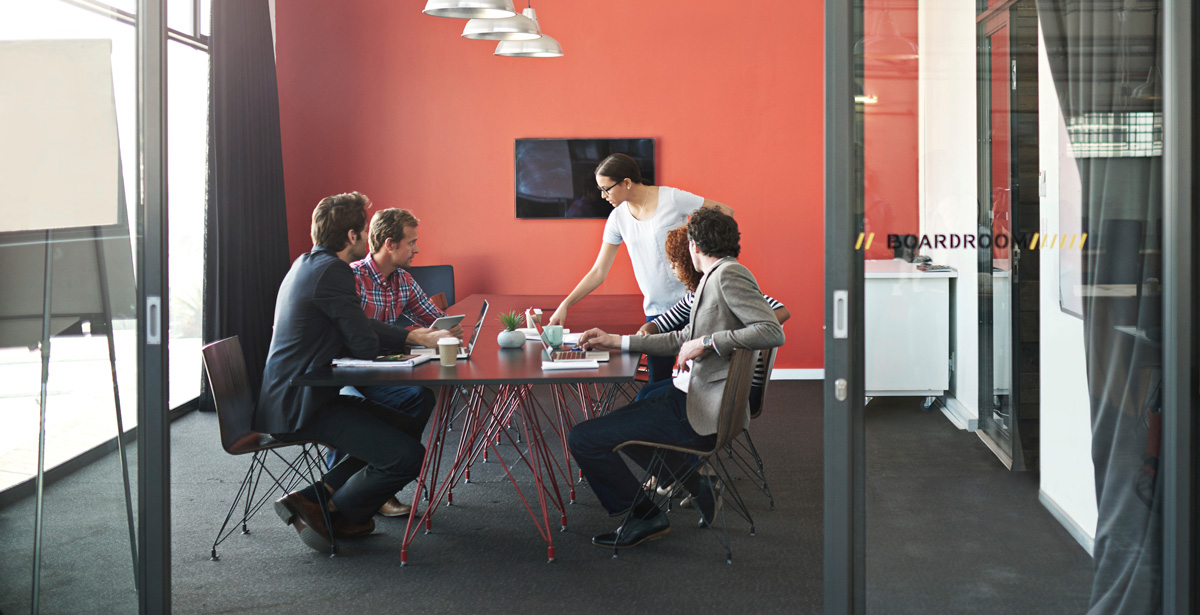Service productization can help construction companies do better business and have more satisfied clients.
AEC Business had the opportunity to interview, Anna-Leena Raij, Director of Workplace Management Services at Rapal Oy, a software and services company for work environment developers and infrastructure managers based in Espoo, Finland, to learn how they productized their service and the benefits they achieved.
 Can you say a few words about your company?
Can you say a few words about your company?
We are a software development and consulting house based in Finland, with a subsidiary in San Francisco, California. We were established in 1991. We have 3 business units: (1) Fore – infrastructure management that does cost calculations for infrastructure projects, (2) Optimaze – that help to manage individual buildings, projects, or a property portfolio.and (3) workplace management services that analyses what takes place inside the building, how people work and use the space. I work with the third unit.
What is your service, what is the problem that it is solving and for whom?
Our main product is a better workplace. We have developed a tool Optimaze Measure that makes it easy to calculate how a workspace is actually used. What we call Snapshot is a combination of space utilization studies and an employee survey. Space utilization gives us data on what spaces are being used and how, and the survey gives us data from the employee perspective. We combine these results and provide our clients with analysis and potential solutions and also a rough baseline space planWe are very much focused on the planning. We don’t do space design, but we do guide architectural firms.
Our clients are businesses of all sizes in the private and public sectors who are looking to change their work environment. And now increasingly we’ve been working with educational spaces, like universities, schools and other learning environments, because a lot of change is happening in how those spaces are run.
What is unique or exceptional about your service?
Our most unique characteristic is having our own tools. A lot of people make space utilization studies but they rarely have a software tool for it. Often they just use an excel sheet. Combined with our service and knowledge, our software tools make our offering scalable and uniquely valuable for the client.
Can you briefly walk us through your service process?
A typical space utilization study has 5 steps:
- We get the layout for the office (unless it’s an existing client, then we already have them)
- The client marks workstation symbols on the layout – what kind of workstation is it – fixed, flexible or ad hoc(we can also do it as a service)
- Once the measurement is ready, then the client, or we do measurement walk-throughs. So you have a tablet device like an iPad or even a phone, you have the software in a browser and you go around and see which workstations and/or meeting rooms are in use, reserved or empty.
- The tool then gives results and analysis.
- We produce PowerPoint slides of all the results and give feedback. Clients can also access the results themselves in the system but they usually prefer our slides to present to the board or the employees.
There is also the option of the employee survey, where we send questionnaires to employees and get results based on their answers.
We have several tiers of pricing, so clients can choose to work with the tool themselves or to have us guide them through it as a project. Most of the time they choose the latter because they don’t have time to do everything on their own and they want our expertise.
How did you develop and productize your service?
I think in Rapal, especially in Optimaze, which is about facility management, we had so much data about the building, but we didn’t know how it was actually being used by people. So it was interesting to start investigating that. We bought a small consulting firm from the States that has done workplace consulting for 20-30 years. We got their workplace development solution called the Pattern Book and we saw that a lot of things in it could be turned into a software tool that would be easier for clients to use. Our space utilization and Snapshot tools are part of this process.
At first we worked under the Optimaze unit as an extended service because we had so much in common, dealing with buildings and data and also we had the same clients. But then we realized that different clients would be interested in this service as well. So it made sense to make a separate business unit that would target that group that is interested in workplace development. It became a separate revenue stream and a new business.
What benefits do your client and your company get from a productized service?
The biggest benefit for us is that we are a lot more efficient in getting to the same result, and we know how long things take which makes pricing is easy. Making the space and base plan can take months and is usually done through billable hours. We do it much faster, in just 4 weeks.
For the client it’s easy to order the service and understand it. They order the product and get what they paid for. Because of these benefits it is also much easier for us to sell and market the product.
What have you learned from developing and delivering your service? What does it take to be successful?
The biggest struggle is to find the balance between constant developing and improving and still having a standardized product. For example, we have final templates and reports, but there is so much constant change in client needs and in the field that sometimes it often doesn’t feel final. The tool allows us to be systemized, but it also needs updates, the surveys need updates, etc. So you need to make decisions about when and how you update.
Any words of advice for other companies considering productization?
You have to be patient in productization. Clients will always give you feedback and you need to listen carefully. You shouldn’t productize something without testing it first. Our first tool was not a perfect product but through a lot of testing we developed it into something that is of real value to our clients.
What are your future plans?
We have a lot of plans to innovate, find new ways to use our tools and add more IT and HR components to the projects. In the big picture, we would love to build a workplace management platform that could host a lot of tools and invite other service providers to use it with us.
View the original article and our Inspiration here


Leave a Reply